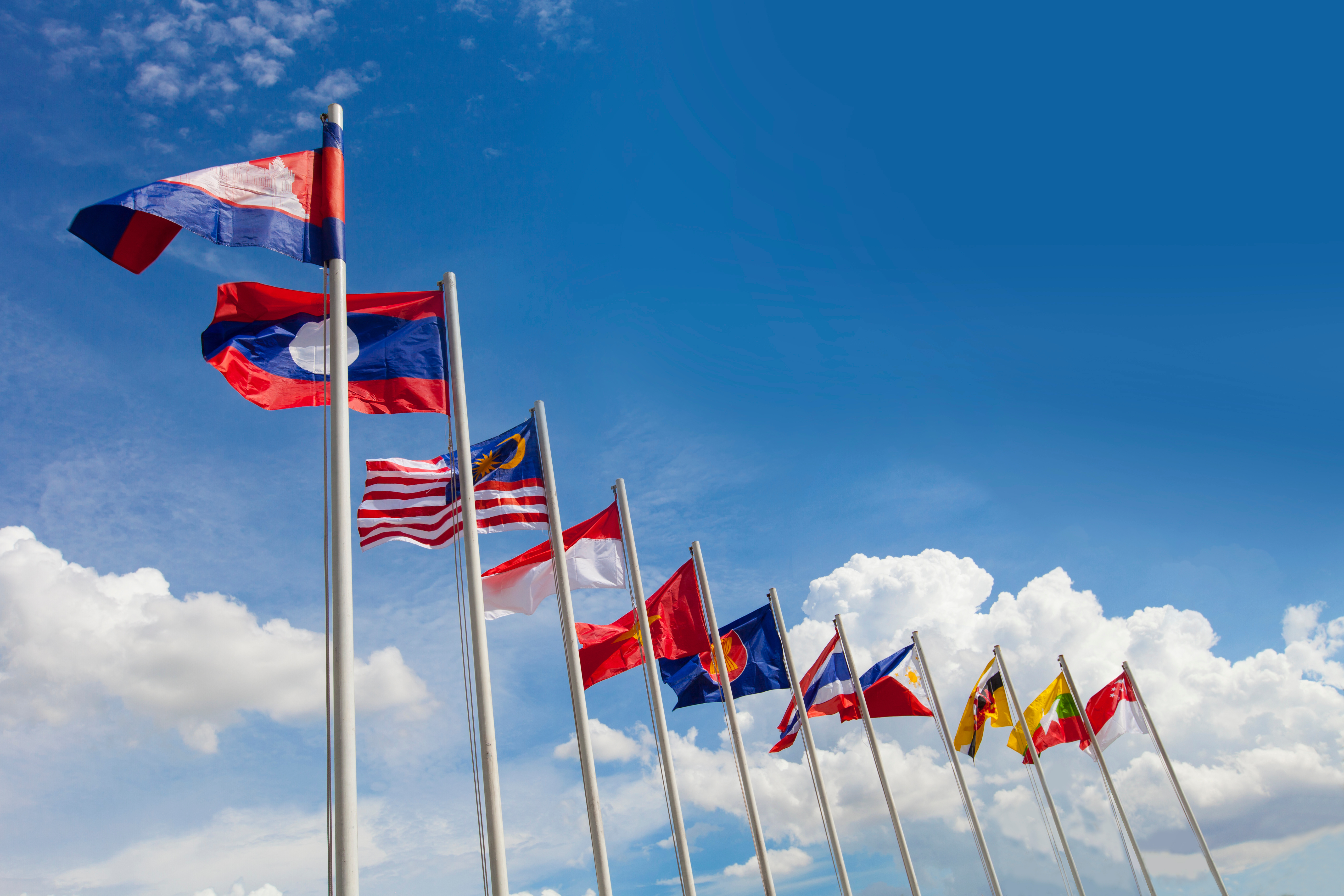
At a UK ASEAN Business Council (UKABC) webinar this week (30 January) featuring insights from consultancy PwC and global recruiter Micheal Page, speakers highlighted that businesses will face “a race” to secure workers amid supply chain shifts away from China.
Rather than reshoring, a broader attempt to “rebalance” supply chains worldwide has seen an influx of investment in new regions around the world, with firms required to work harder to retain workers in these areas, as a consequence of increased demand.
Reshoring reality
PwC's International Growth Practice global lead partner, David Wijeratne, said that in contrast to the rhetoric surrounding supply chain changes in Southeast Asia in the aftermath of the Covid-19 pandemic and escalating geopolitical tensions, there has been a gradual softening of language. We moved, he said, from talking about decoupling, which was “essentially building a wall around risk areas, or risk countries”, to now using “derisking” and finally “rebalancing”.
Wijeratne characterised this rebalancing as identifying and mitigating potential threats, while looking at where the best opportunities lie, with the key question being: “What are the key value pools for tomorrow and how might you supply those?”
These should, he said, be the factors steering how businesses create new businesses models. Other trends noted by Wijeratne included the increase in multinationals shifting supply chains away from China and Central Asia, towards multiple locations opposed to a singular alternative, including diverse locations across Asia, Europe and the Americas.
Describing the number of companies discussing this as in “the tens of thousands”, he went on to say that this reflects a “rebalancing” or “regionalisation of the global supply chain”.
Race for workers
Wijeratne said this sudden shift towards regionalisation of the world’s supply chain has created a race for resource: “The sheer volume of clients that are looking to find new locations for manufacturing, identify new suppliers […] but also identify talent pools [means] there is a race on for each of these key components.”
He said this race was compounded by government action amid supply chain uncertainty, citing the US Inflation Reduction Act, the EU’s CHIPS Act and India’s Production-Linked Incentive Scheme as examples of countries trying to attract investment.
However, he warned firms against taking such incentives as “a golden ticket”. In the absence of skilled workers to carry out production at new plants “you’re basically in limbo”.
“Several companies around the world, as they begin to reorientate their business model, have got stuck at this point.
“They’ve identified where to go, they know there are suppliers and talent pools in these areas, they’ve acquired a very attractive incentive to relocate and set up operations in that part of the world, but what they haven’t done is ensure they can secure the suppliers and talent pools that exist within those regions.”
Worker rebalance
Paul Cooper, senior managing director at Michael Page, pointed to research from the firm indicating that workers from Asia-Pacific, which has experienced a significant influx of investment following the global supply chain “rebalancing”, are becoming more selective about their employers in response to the increased demand for their skills.
Post-pandemic Cooper described an “invisible revolution” characterised by changes that “[go] beyond the economy or specific job roles. It’s a lasting change in how employees see themselves in the workplace”.
He led with the “scary statistic” that 91% of employees in the APAC region are open to new opportunities and 59% are “active job seekers” and aim to be in a new role in the next six months.
Cooper emphasised the need to provide growth opportunities for new hires and suggested businesses commit to building skills among the younger generation, adding they should “commit to creating talent, as well as consuming talent”, through outreach to schools and universities.
Consider ‘everyday risks’
Responding to an attendee question, Wijeratne suggested how businesses could better approach risk, noting many focus on “prominent risks” covered extensively in the media, from geopolitical risks arising from increased tensions between the West and China or news from large multilateral organisations such as the IMF warning of impending financial shocks, at the expense of “everyday risks”.
And yet, he said, more attention should be focused on the commonplace operational risks, such as supply chain disruption and compliance risks around legal and conduct expectations.
Wijeratne highlighted two opposing approaches to managing risk, contrasting enterprise-wide risk management that emphasises the importance of understanding where risk lies across the entire business value chain and the more experimental ‘Black Swan” approach.
This involves choosing five risk categories and simulating a major risk event, such as the current crisis in Suez and the Red Sea, and determining how it would affect the business.



